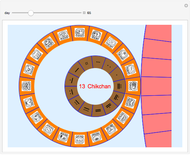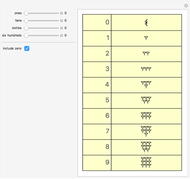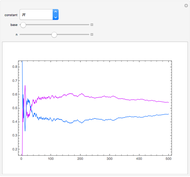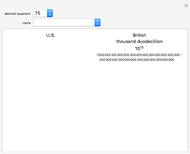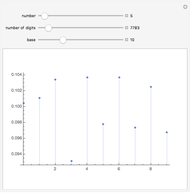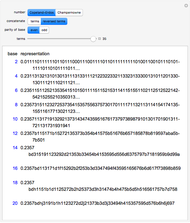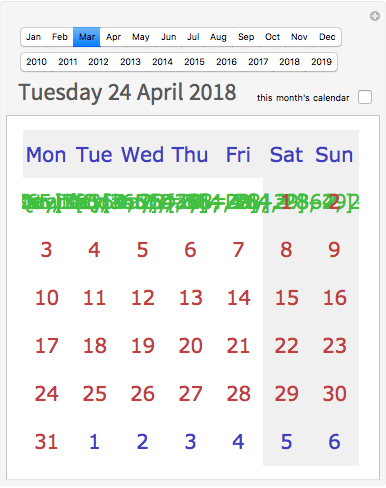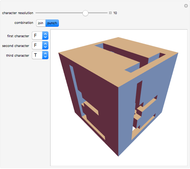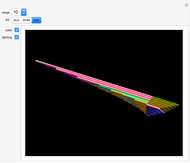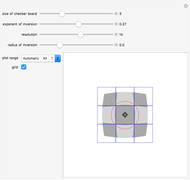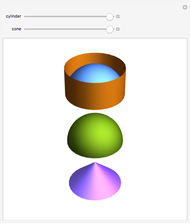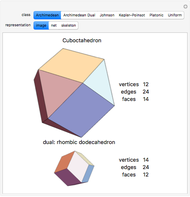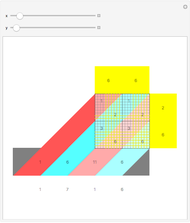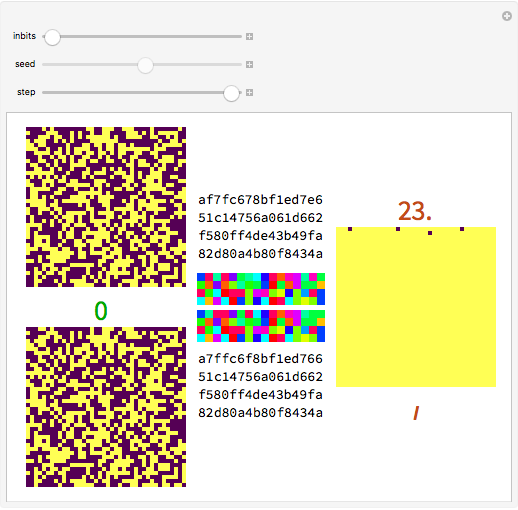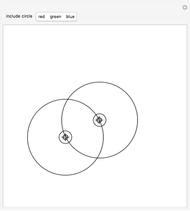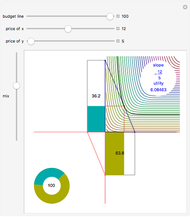Chronological Interpretation of Mayan Numerals

Requires a Wolfram Notebook System
Interact on desktop, mobile and cloud with the free Wolfram Player or other Wolfram Language products.
Mayans used more than one numeric system on their stone monuments and scriptures, in which numbers were represented by combinations and variations of hieroglyphs for positions and values. The hieroglyphs looked like the heads of various gods, animals, or sacred objects. The symbols for 0, 1, and 5 look like a shell, a dot, and a line.
[more]
Contributed by: Michael Schreiber (March 2011)
Open content licensed under CC BY-NC-SA
Snapshots
Details
The Thompson concordance: J. E. S. Thompson, "Maya Chronology: The Correlation Question," in Contributions to American Archaeology, 3(13-19), Carnegie Institution of Washington, 1937 pp. 51-104 and J. E. S. Thompson, Maya Hieroglyphic Writing: Introduction, Washington: Carnegie Institution, 1950.
Permanent Citation








